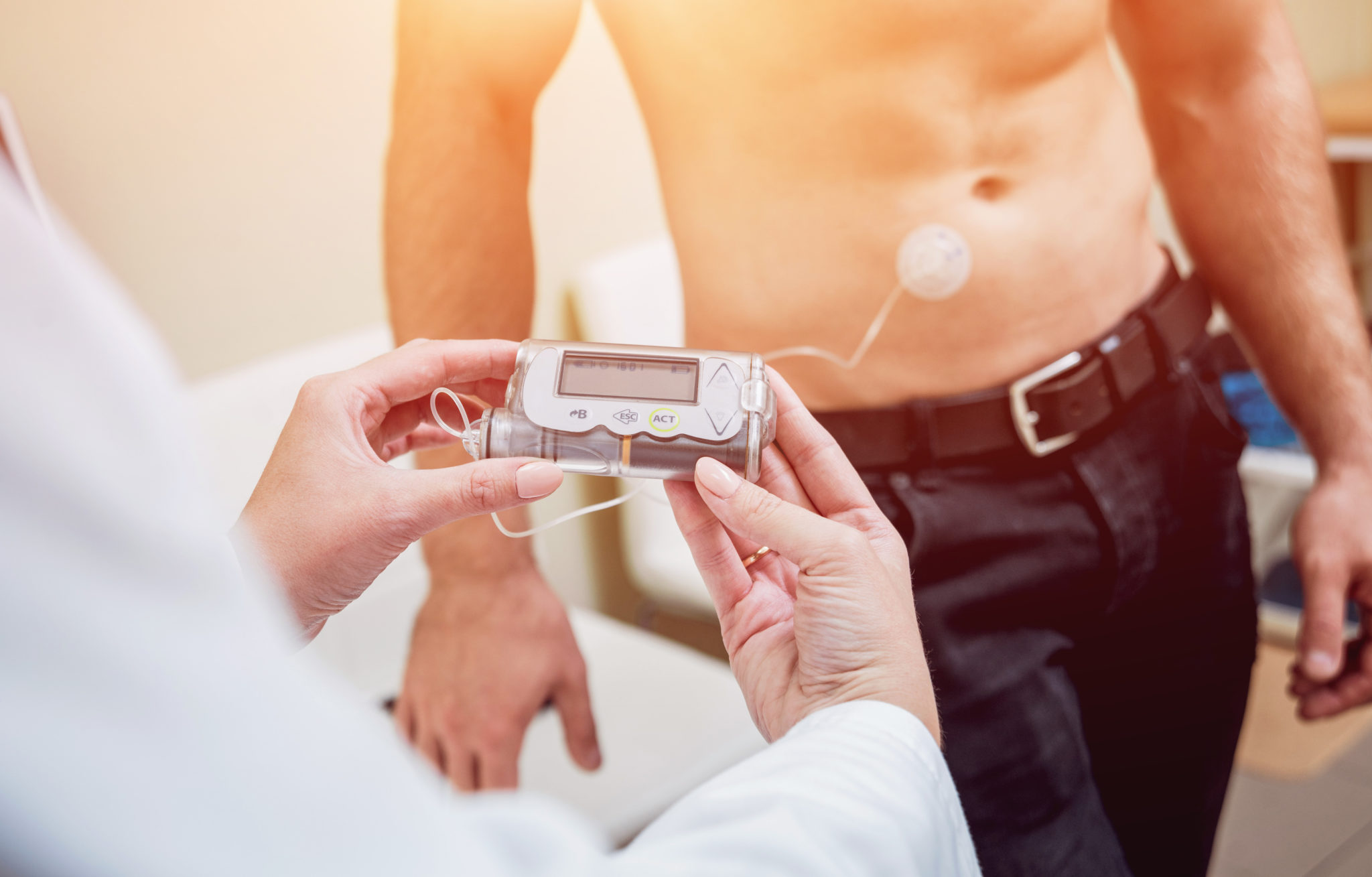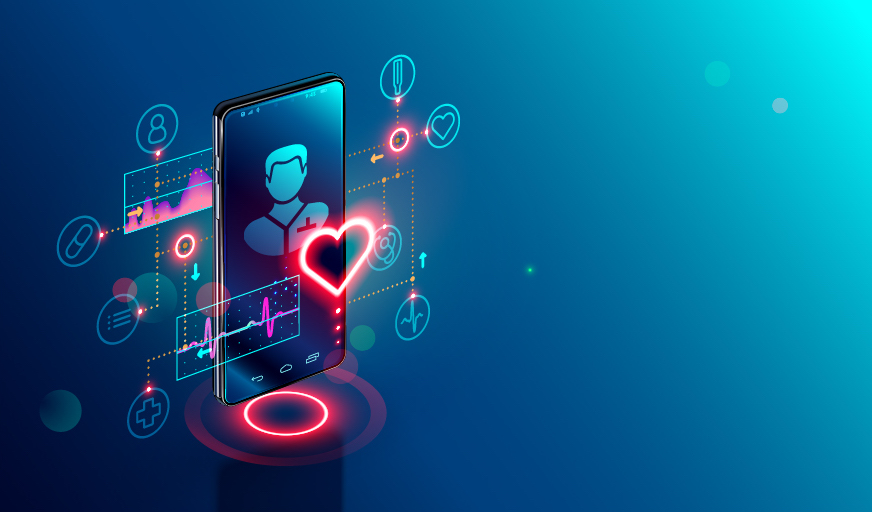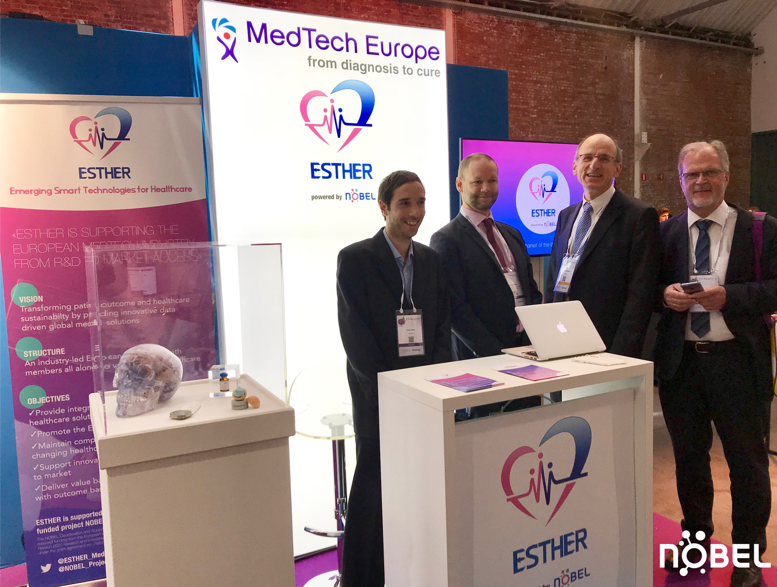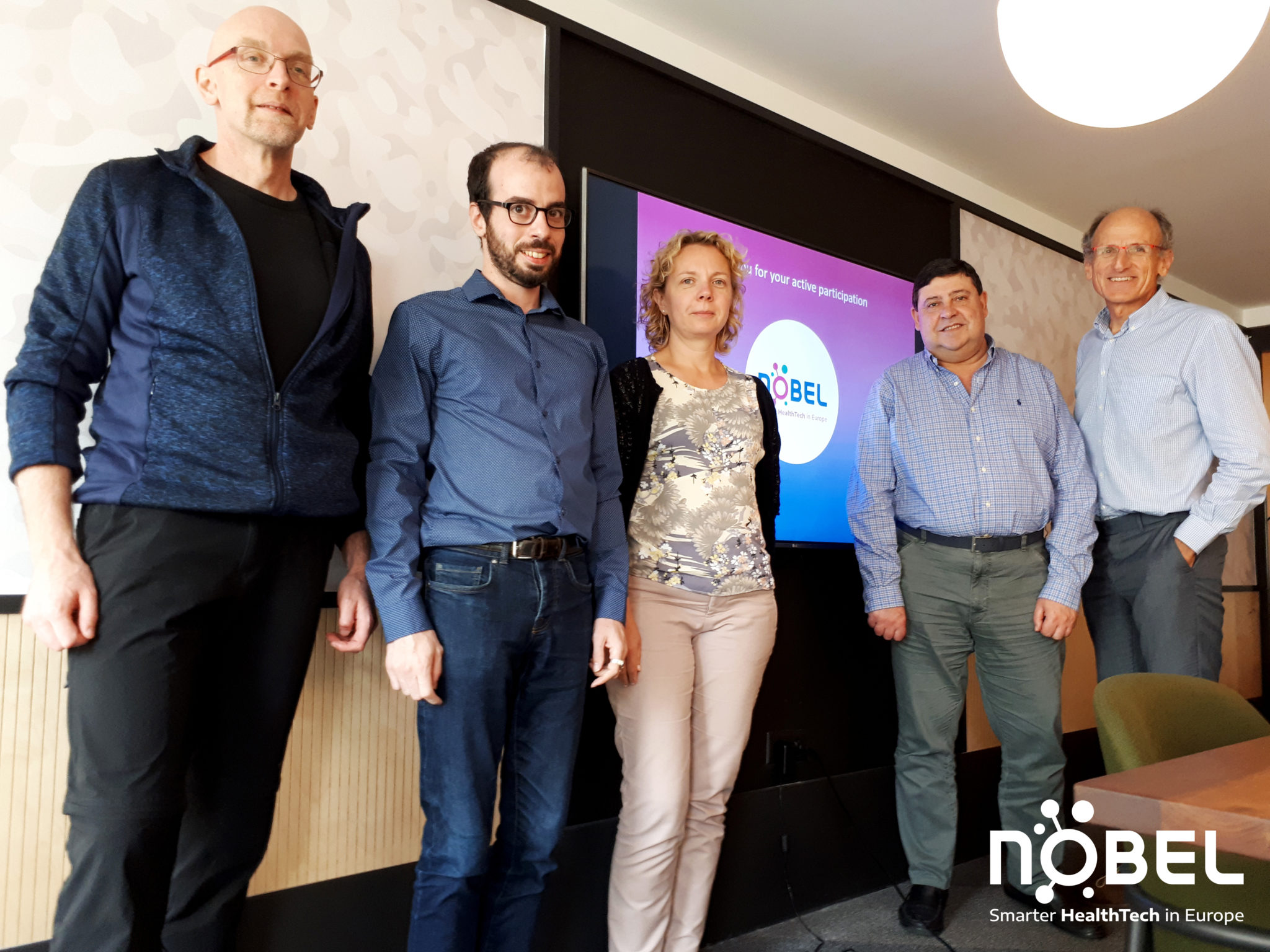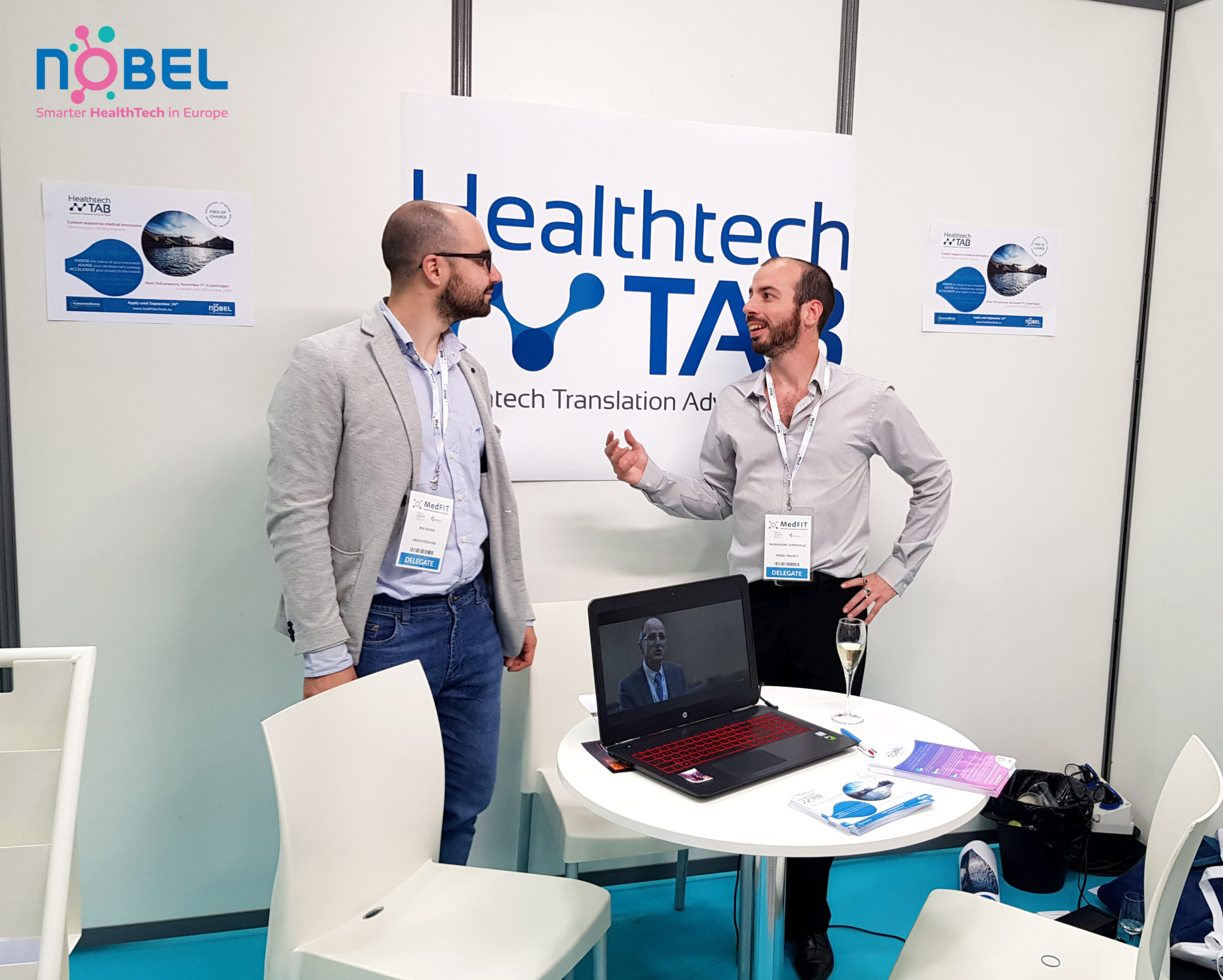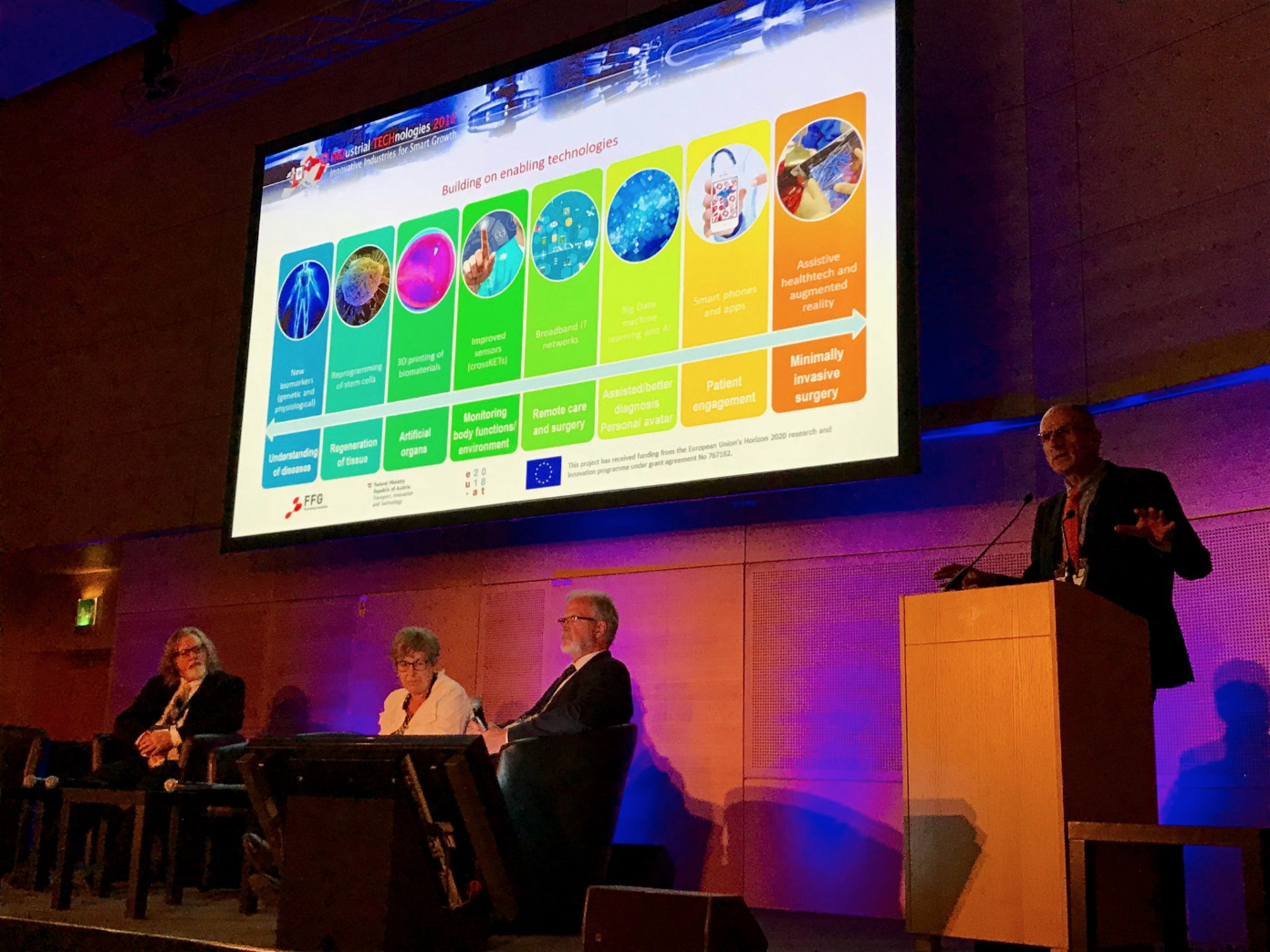Digital health
Digital sciences for healthcare
Digital health is the use of digital technologies, both hardware and software, to improve healthcare, making it more accessible, precise and personalised. AI (Artificial Intelligence) can compare the medical data of a single patient with immense databases generated from thousands of patients, in order to personalise diagnosis and treatment and thus making better medical decisions. For instance, IBM or Google’s super-computers are already able to diagnose efficiently complex pathologies, like rare cancer cases, with more accuracy than physicians. In parallel, medical devices are becoming “smart”. For instance, new generation insulin pumps analyse parameters in real-time, and adapt their response to the patient as a real pancreas would have done. Finally, mobile Health (mHealth) empowers patients and allows them to understand and follow all their health parameters and conditions thanks to digital tools including smartphone apps. The digital technologies are currently thought to transform healthcare systems in the near future.
Digital health involves the use of Information and Communication Technologies (ICT) products, services and processes combined with organisational changes in healthcare. It aims at improving the health of citizens, the efficiency and productivity in healthcare delivery.
Digital health encompasses a wide range of fields including computer sciences, healthcare, engineering, electronics, social sciences, artificial intelligence, public health, health economics and management.
Indeed, digital health is such a disruptive evolution of healthcare that its development will call for profound thinking about its impact on ethics and society.
A.I., artificial intelligence, characterises any device or software that perceives its environment and takes actions that maximize its chance of successfully achieving its goals.
What do digital sciences bring to healthcare?
Digital health recently became a great field of interest for public and private investment in healthcare. The use of data generated by medical devices is hoped to improve healthcare outcomes for patients and make health systems much more efficient. New systems and products will allow to analyse data from very diverse types and sources, in huge quantity from the patient level until the population level.
Indeed, healthcare is evolving thanks to the progresses of machine-learning and artificial intelligence, coupled with the big data gathered by from genomics and proteomics. It makes medicine more preventive, personalised, precise and patient tailored.
This breakthrough digitization of healthcare may already be exemplified by the results of super-computers from IBM or Google which are able to diagnose efficiently complex pathologies, like rare cancer cases, with more accuracy than physicians, thanks to the ability of A.I. to compare clinical data of the patient with a huge clinical database.
A.I. are also incorporated in new smart medical devices, that can have multiple benefits: restoring human functions with smart implants, from cochlear implant to restore audition to artificial retina or artificial pancreas. Wearable devices can also be used for diagnosis and monitoring at the point of care and at the point of need, such as glucose monitoring coupled to micropump for instance.
More disease prevention, prediction, instead of symptom treatments
Drastically improved diagnosis for complex pathologies
More personalised approaches to cure diseases
Patient empowerment
Acceleration of research, prevention and diagnosis thanks to big data studies
Automation of hospitals: better diagnosis, treatment and facility management
Improved access to healthcare in remote places
Shifts healthcare from hospital to home to improve the quality of life
More time for healthcare professional for important tasks (instead of routine / automatable tasks)
Some examples of digital health application
The global digital health market
2017
US$73,1
billion
%
Annual growth rate
2023
US$223
billion
How will NOBEL support the digital health community?
The NOBEL Horizon 2020 Research European project is a Coordination and Support Action (CSA) aiming to help the convergence of digital health with other key-enabling technologies with application in healthcare: nanomedicine, photonics, robotics and advanced materials. NOBEL is coordinated by the ETP-Nanomedicine.
European Technological Platforms (ETPs) represent each individual technological community at an European level and help bridging those community with the European Commission. Six ETPs that have applications in healthcare are NOBEL Associated Partners: ETP-Nanomedicine, Photonics21, EU-Robotics, EU-MAT, the European Society of Biomaterials and ETP on Smart Systems (EPoSS). The NOBEL Project provide them with a meeting space and dissemination by organising annual meetings of their representatives and sharing information from each of them to the HealthTech community.
The NOBEL Project roadmaps future of HealthTech in Europe by combining the inputs of all its ETP Associate Partners in a single vision: the Continuum of Care, a vision for the future of healthcare in Europe.
NOBEL participates to the digitisation of healthcare:
– Digital tools and the concept of digital twin are central in the Continuum of Care, NOBEL’s vision for the future of healthcare in Europe
– The organisation of a brokerage by IA development and education companies in front of MedTechs by NOBEL will push actors to cooperate
All terms are defined in the Glossary.

